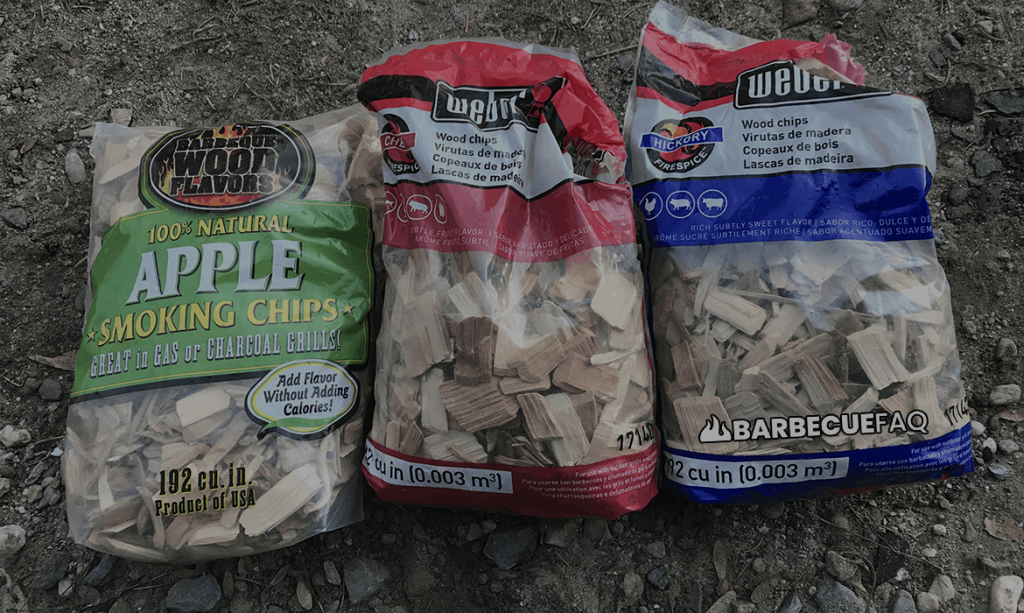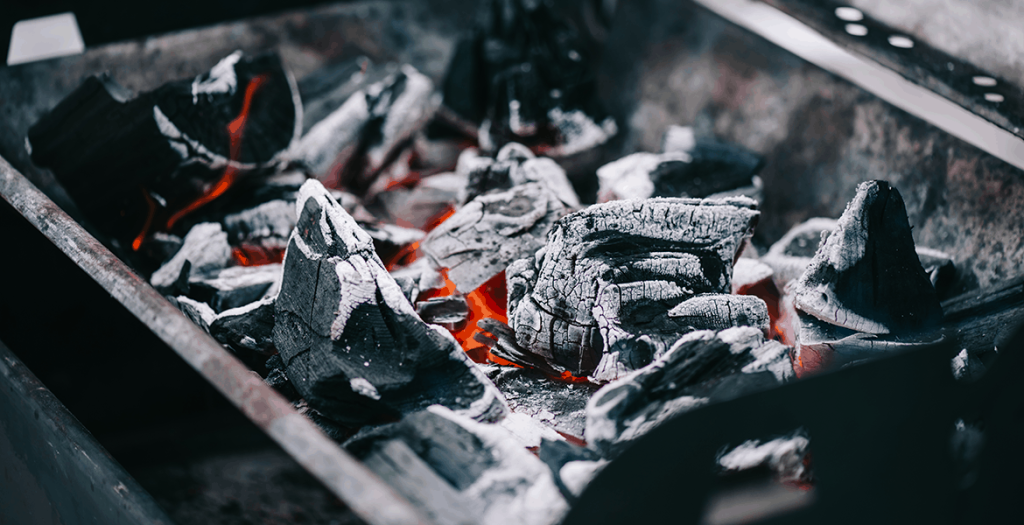Texas = Where barbecue is popular.
Crutch = Used to make something easier (like walking on crutches).
So Texas Crutch = Tightly wrapping meat in foil to reach tenderness faster.
A by-product of the above process is that it helps to retain moisture as it prevents surface evaporation.

We Wrap Meat because It Speeds Cook Time
The overarching goal of smoking meat is to break-down collagens/connective tissue. In order to accomplish this, you must smoke the meat according to specific internal temperatures (195 – 205°F).
Certain cuts of meat can reach a temperature at which they stop increasing or “stall.”
Large cuts of meat have a tendency to stall due to the water content of the muscle (muscle tissue is like 76% water.)
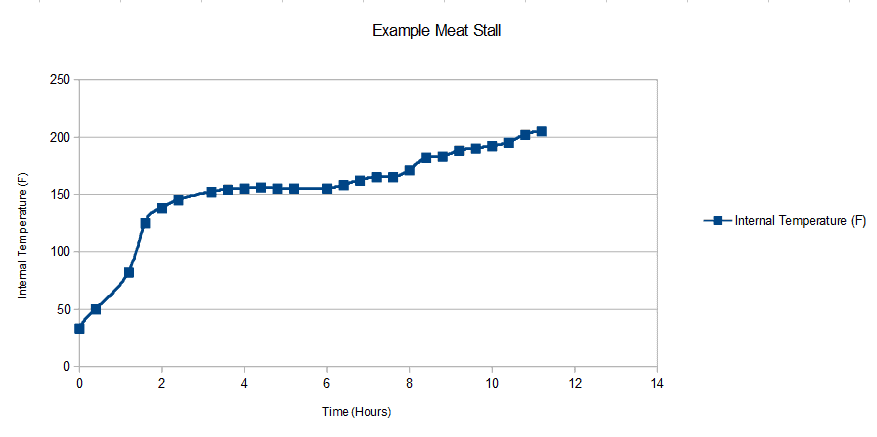
As the meat “sweats” it causes moisture to evaporate which cools the meat.
Humans also do this, we sweat in order to effectively cool down our bodies.
While a meat stall won’t last forever, it can happen for several hours.
In order to beat it, you wrap the meat and trap humidity, preventing the meat from sweating.
This is why they say, it’s not the heat that gets you, it’s the humidity – it’s the same deal for meat.
Smoker Temperature and Why People Tend to Smoke @ 250-275F Later in the Cook
For some reason, people regurgitate the same temperature of 225F and associate it with “low-n-slow.” As a result, beginners use 225F and then run into a stall and have no idea what to do.
In most cases you can reduce the length of a stall by smoking at a higher pit temperature like 250 – 275F.
Even in offset smokers, they’ll start super low @ around 180-200F and then “build momentum” into the cook by ramping up the temperature.
The reason they’re doing this is because:
- You get more smoke on the food because the temperature is so low.
- The meat starts to stall @ around 150-160F.
- You build a better bark because you’re increasing the evaporation rate (heat) into the stall.
- Wrap after the stall or wrap to finish.
Aluminum Foil vs Butcher Paper vs Unwrapped vs Foil Boat
A true Texas crutch is a full foil wrap.
BUT a lot of different materials are used these days to wrap and what you use will depend on how you like your bark.
Aluminum Foil Works Best to Soften Bark and to Beat Stalls
Foil is non-porous meaning no humidity or moisture can escape – which is great – that’s why it works best and why it’s a “crutch.”
BUT a common issue with foil is that the trapped moisture/condensation can produce soft, mushy bark.
For something like pork butt used for pulled pork, this doesn’t matter as much since everything is pulled together.

People who want “crunch” from bark for pulled pork will use pork Picnic and then make “cracklin'” from the skin for a crunch.
The bark here is more for flavor.
For brisket you only get a thin strip of bark across a slice.
Rather than turning this mushy, you can preserve the “crunchy-ness” from the pepper by wrapping with something else.
OR you could wrap with foil when the brisket is near tender and use it to soften the bark on purpose.
Butcher Paper is Popular Due to People like Aaron Franklin
Butcher paper works similar to foil BUT it’s porous.
Unlike foil, when wrapping with butcher paper you trap less steam and therefore, the bark won’t turn as soggy.
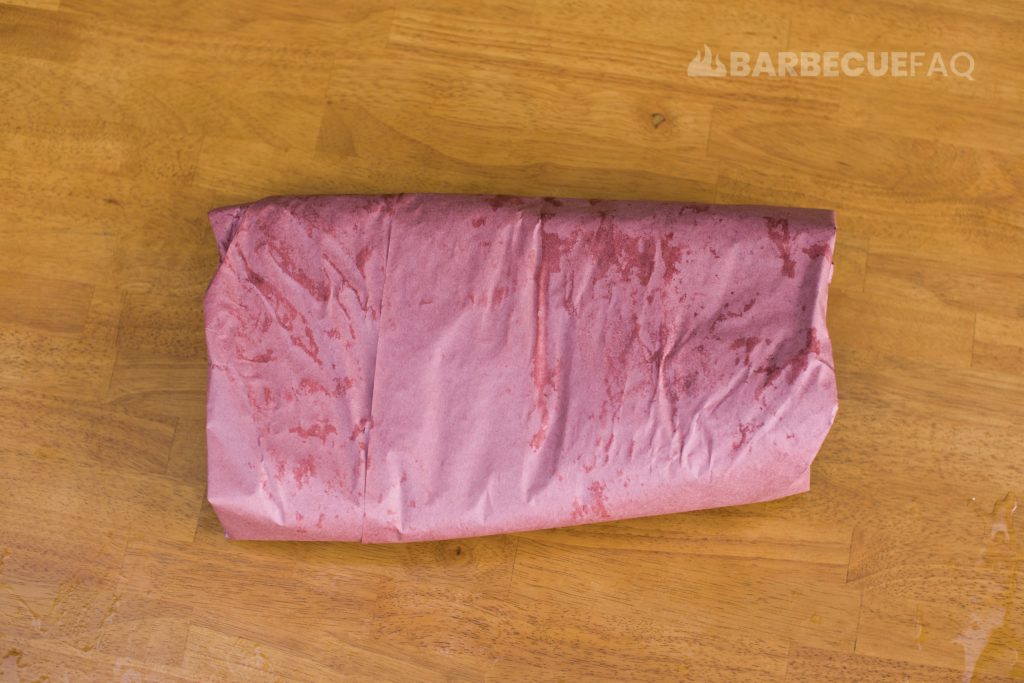
Unwrapped?
Unwrapped meat is in direct contact with smoke for the entire cook. The bark is noticeably darker and “crunchy.”
Here’s an example with ribs:
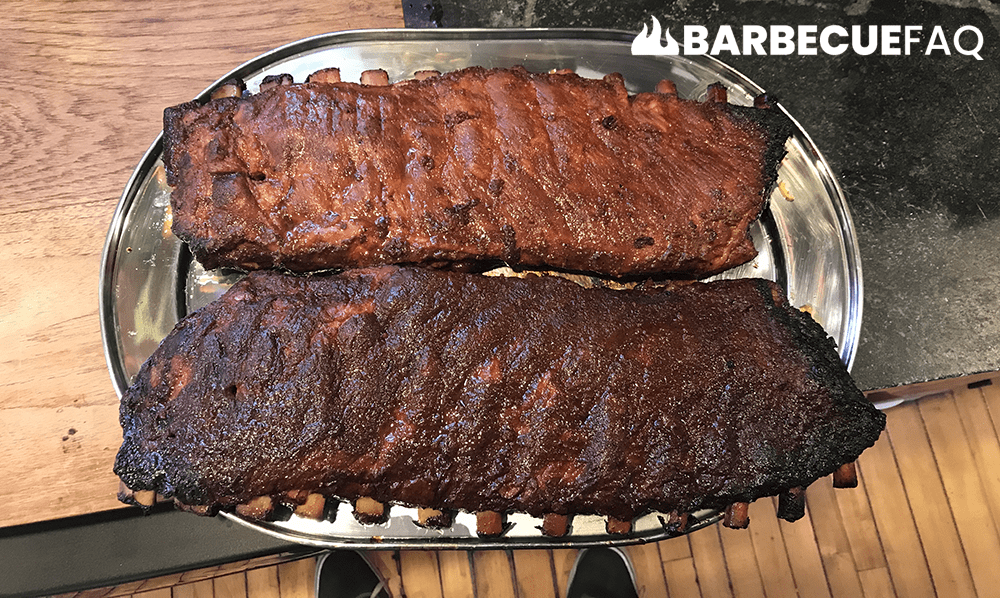
The only difference here is that it takes much longer to finish.
Again that’s the point of a “crutch” – it makes reaching tenderness easier.
The Foil Boat is What I Do with a Modification
This method puts brisket in the center of the foil and wraps around the edges of the meat.
You leave the fat cap exposed so that it can continue to render and it’s more “crunchy.”
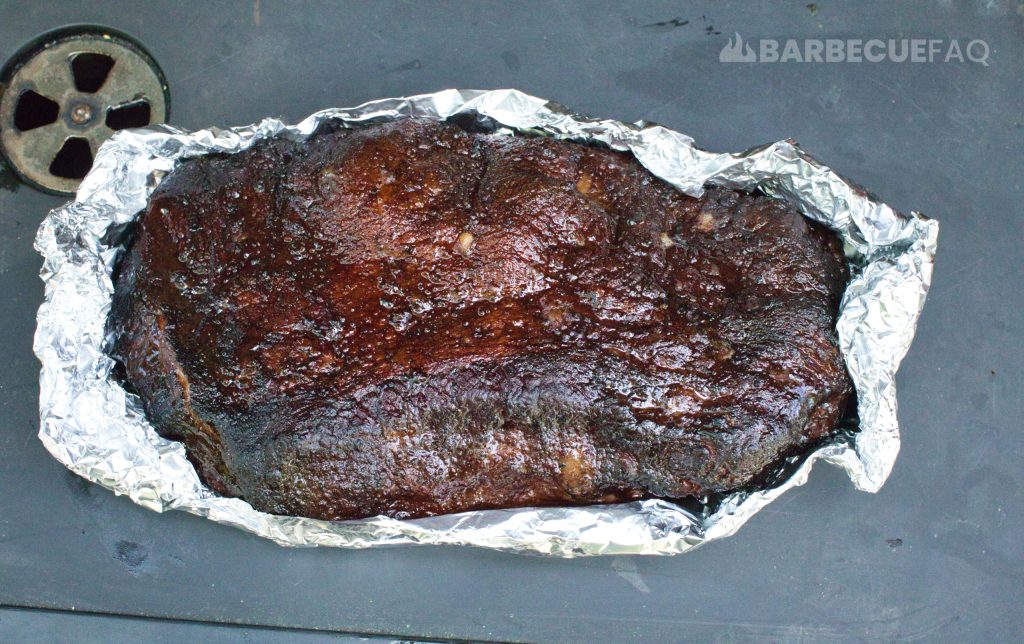
Typically what I do is:
- Foil boat to 190F in the thickest part of the flat.
- Take more foil and cover the boat.
- Return to electric smoker set to 175F without a rest.
- Hold overnight for 12-16+ hours.
This is a near foolproof way to get moist, tender brisket.
You cook the meat faster in the boat, the fat cap is rendered better, and the full wrap at the end traps humidity and slightly softens the bark.



